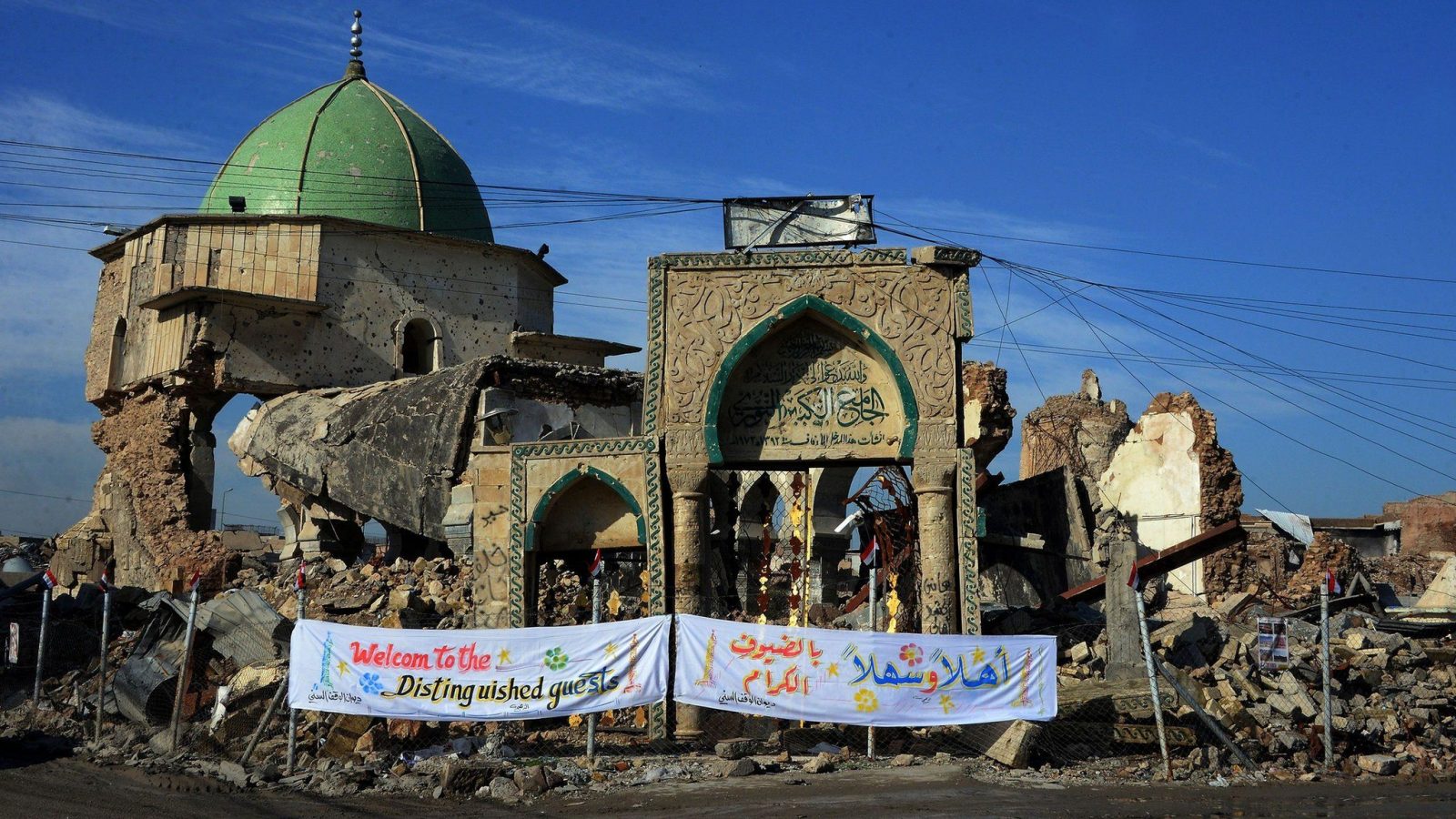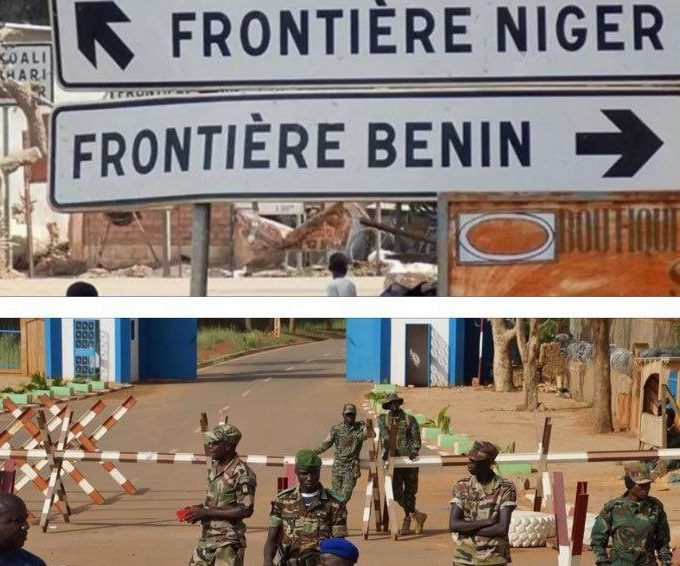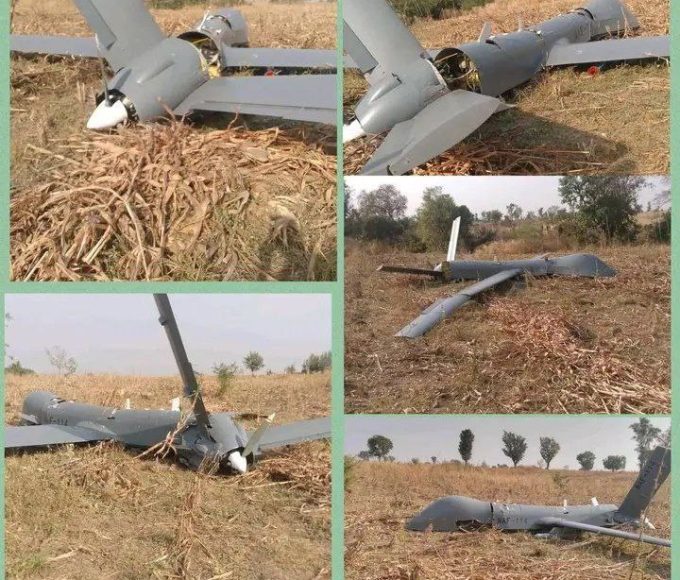

United Nations (UN) said it found five bombs hidden in the walls of Mosul’s Al-Nuri mosque in Iraq, planted by the Islamic State (IS) years ago during restoration work.
According to a UN representative, the UNESCO team found the large-scale explosive devices designed to trigger a massive destruction of the site in the southern wall of the prayer hall on Tuesday.
The Al-Nuri mosque and its adjacent leaning minaret, known as Al-Hadba or the “hunchback,” date back to the 12th century and were destroyed during the battle to retake Mosul from IS.
Iraq’s army accused IS, which occupied Mosul for three years, of planting and detonating explosives at the site.
UNESCO has been leading efforts to restore the mosque and other damaged architectural heritage in Mosul, much of which was left in ruins after the 2017 battle.
The Iraqi armed forces immediately secured the area, and the situation is now fully under control, UNESCO added.
While one bomb has been removed, four others “remain connected to each other” and are expected to be cleared soon.
UNESCO explained that the explosives were hidden inside a specially rebuilt wall, which is why they were not discovered when the site was initially cleared by Iraqi forces in 2020.
Iraqi General Tahseen al-Khafaji, spokesperson for the Joint Operations Command, confirmed the discovery of several explosive devices planted by ISIS jihadists in the Al-Nuri mosque.
Al-Nuri mosque is also notable as the location where Abu Bakr Al-Baghdadi, the then-leader of IS, declared the establishment of the group’s “caliphate” in July 2014. The jihadists had seized large territories in Iraq and Syria, ruling with extreme brutality until Iraqi forces, supported by a US-led coalition, ousted IS from Mosul in 2017.
Source: AFP
Read more: Tobi Amusan Cleared of Doping Allegations by CAS, Eligible for Paris Olympics
About The Author
Related Articles
Côte d’Ivoire Thrash Burkina Faso to Seal AFCON 2025 Quarter-Final Spot
Côte d’Ivoire confirmed their place in the quarter-finals of the 2025 Africa...
ByWest Africa WeeklyJanuary 7, 2026Benin and Niger Relations Deteriorate Further as Diplomatic Expulsions Escalate
Diplomatic relations between Benin and Niger have sharply deteriorated following a series...
ByWest Africa WeeklyJanuary 5, 2026Nigerian Air Force Confirms Crash of CH-4 Combat Drone in Niger State
The Nigerian Air Force has confirmed that one of its CH-4 combat...
ByWest Africa WeeklyJanuary 5, 2026Mali Survive Shootout Against Tunisia, Set Up Senegal Showdown
Mali advanced to the quarter-finals of the Africa Cup of Nations after...
ByWest Africa WeeklyJanuary 5, 2026











